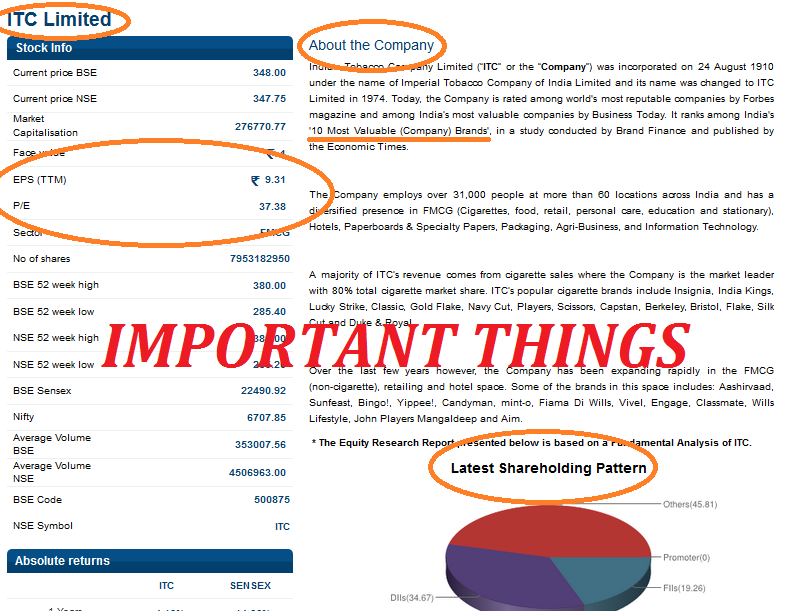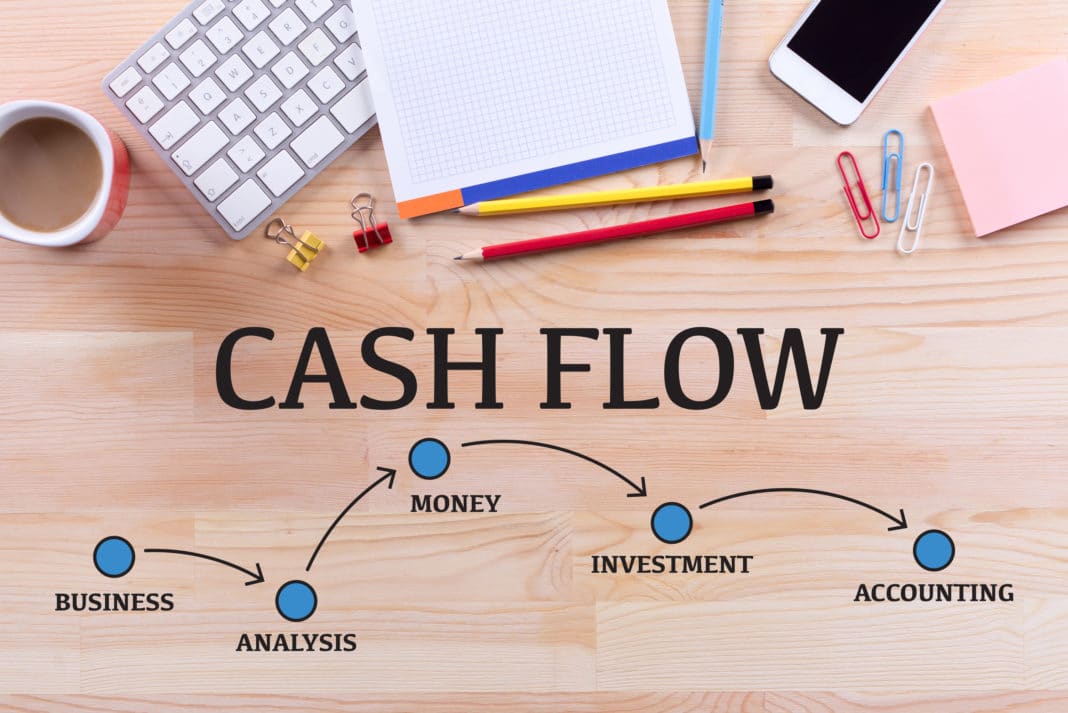Price-to-Book PB Ratio: Meaning, Formula, and Example


Moreover, it doesn’t account for how a firm’s assets will generate profits and growth over time. Therefore, the market value, which takes into consideration all of these things, will generally be higher. The price-to-book ratio is important because it can help investors understand whether a company’s market price seems reasonable compared to its balance sheet. For example, if a company shows a high price-to-book ratio, investors might check to see whether that valuation is justified given other measures, such as its historical return on assets or growth in earnings per share . The book value per share is calculated by taking the ratio of equity available to common stockholders against the number of shares outstanding. When compared to the current market value per share, the book value per share can provide information on how a company’s stock is valued.
Depreciation effectively lowers profits, thereby reducing business taxes. After the initial purchase of an asset, there is no accumulated depreciation yet, so the book value is the cost. Then, as time goes on, the cost stays the same, but the accumulated depreciation increases, so the book value decreases. Depreciable assetshave lasting value, and they include items such as furniture, equipment, buildings, and otherpersonal property. The P/B ratio also provides a valuable reality check for investors seekinggrowth at a reasonable price. It is often evaluated withreturn on equity , a reliable growth indicator.
It does not account for the actual depreciation and appreciation in values of assets but instead is based on set accounting principles. This phenomenon creates a discrepancy and compromises analysis based on book value. Hence, its market capitalisation is Rs.6.2 lakh and its shareholder’s equity or net value of assets is Rs.6 lakh (1500,000 – 900,000). It’s wise for investors and traders to pay close attention, however, to the nature of the company and other assets that may not be well represented in the book value. Hence, the investor needs to have looked upon both the book value or the book price of the company as well as the market price of the stock and then decide on the company’s worthiness. DividendDividends refer to the portion of business earnings paid to the shareholders as gratitude for investing in the company’s equity.
Net book value accounting is carried out to precisely evaluate the assets of an organization. It helps the accountant to determine the valuation of the organization and its cash flows. Moreover, finding an organization’s historical value of assets is made easier through this form of accounting. The book value of an asset can increase if the earnings through the asset are enormous. The term “book value” derives from informal accounting in which the balance sheet is often referred to as a company’s “books.” In fact, bookkeeping used to be the name for accounting. Comparing the book value and market value of shares can be a useful valuation approach for determining if shares are properly priced because a company’s book value indicates the shareholding worth.

External factors such as inflation and changes in technology can significantly alter the book and market value of assets which decreases the importance of book value as a measure of shareholder’s investment. There are sometimes significant differences in the business models of various firms operating in the same industry. Price to Book Value is generally preferred metric for financial companies, banks etc. This is because due to regulations they have to mark to market their assets regularly and hence their book value accurately reflects the market value of their assets. This is not true for other companies and hence price to book value becomes an essential metric while comparing financial companies. The book value of equity reflected on a company’s balance sheet is seldom equal to, or even near, the market value of equity.
Accounts receivable (Debtors + B/R) and inventory items are equal to 50% of the carrying value. This means that the realization value of assets of ongoing concern is different from the value of assets under liquidation. Total enterprise value is a valuation measurement used to compare companies with varying levels of debt. “Thank you for answering. I am beginner of the stock market, so this is useful.”
Goodwill is an intangible asset recorded when one company acquires another. It concerns brand reputation, intellectual property, and customer loyalty. When compared to the company’s market value, book value can indicate whether a stock is underpriced or overpriced. An asset’s book value is equivalent to its carrying value on the balance sheet. For the initial outlay of an investment, book value may be net or gross of expenses such as trading costs, sales taxes, service charges, and so on.
To exemplify this method further, the depreciation expense in the second year would be based off of the first year-end book value, which is $10,000-$2,000, or $8,000. The depreciation expense in the second year would be 20% of $8,000, or $1,600, leaving us with a second year-end book value of $6,400 for the asset. Similarly, if the company uses $200,000 of the generated revenues to pay up debts and reduce liabilities, it will also increase the equity available to common stockholders.
Connect With a Financial Advisor
Ryan Eichler holds a B.S.B.A with a concentration in Finance from Boston University. He has held positions in, and has deep experience with, expense auditing, personal finance, real estate, as well as fact checking & editing. Adam Hayes, Ph.D., CFA, is a financial writer with 15+ years Wall Street experience as a derivatives trader. Besides his extensive derivative trading expertise, Adam is an expert in economics and behavioral finance.
Gain in-demand industry knowledge and hands-on practice that will help you stand out from the competition and become a world-class financial analyst. If the book value of a company is higher than its market value, it indicates that the stock market is less confident in the organisation’s earning capability, albeit its book value might. Therefore, investors remain in the dark about the book value of an organisation in the in-between periods.
- You can calculate accumulated depreciation by estimating the asset’s salvage value to get its annual depreciation, and then using an appropriate method of depreciation to get its depreciation over time.
- A company’s market value will usually be greater than its book value since the market price incorporates intangible assets such as intellectual property, human capital, and future growth prospects.
- Closely related to the P/B ratio is the price-to-tangible-book value ratio .
- The book value of an asset isn’t helpful for individuals—while the formula still works, the tax benefits don’t extend beyond business assets.
- Salvage value is the estimated book value of an asset after depreciation.
Assets include both current and fixed assets, and liabilities include both current liabilities and non-current liabilities. The book value of an organisation is computed after netting the aggregate book value of all the assets against its intangible counterparts and liabilities. Determining whether a listed company is worth its salt is a complex task. Investors and analysts use several measures to reach a fair valuation of a company to reckon whether that valuation is appropriately reflected in its share prices.
What is book value per share?
We need to calculate the book value per share for the Anand Group of companies. The sum total of the depreciation for a fixed asset is referred to as accumulated depreciation. These are asset accounts with a credit balance known as a contra asset account. It materializes on the balance sheet as a deduction from the gross amount of fixed assets reported.
But it must be remembered that P/B is one of the indicators for the valuation of a company or stock but it should not be a sole criterion to judge whether a stock is overvalued or undervalued. There is another method by which accumulated depreciation could be ascertained and it’s called Declining method or Written down value method of depreciation. This method is used to recognize the majority of an asset’s depreciation early in its lifespan. From there, value investors compare book value and its permutation, book value per share, to the price of the company’s stock. That way, they determine whether its shares are overpriced or underpriced. Expressed as a dollar amount, BVPS breaks the company’s overall book value down by dividing it by all the company’s outstanding shares, to come up with a per-share amount.
The book value figure is typically viewed in relation to the company’s stock value and is determined by taking the total value of a company’s assets and subtracting any of the liabilities the company still owes. Equity ShareholdersShareholder’s equity is the residual interest of the shareholders in the company and is calculated as the difference between Assets and Liabilities. The Shareholders’ Equity Statement on the balance sheet details the change in the value of shareholder’s equity from the beginning to the end of an accounting period.
The net book value is most applicable to fixed assets, which are capitalized on the balance sheet since their useful life assumption is expected to exceed twelve months. Under accrual accounting reporting standards – specifically, the historical cost principle – the value of a company’s asset is recognized as its cost on the date of original purchase. Check to see if a company is using their assets to secure loans when it is struggling financially. If you are thinking of investing in the company, the value of the assets should be reduced by any secured loans tied to them. If the book value is inflated, earnings would have to make up the difference to increase the stock price in the future.
If the market value of an organisation is higher than its book value, it implies that the stock market is assigning more significance to its stocks. It might be due to its enhanced earnings, well-founded and sound management, or any other factor that buoys its market worth. Booking value, more commonly known as book value, is an organisation’s worth according to its Balance Sheet.
Book value is an effective measure of valuing banks, financial companies etc. since they are marked to market frequently and hence give an apt comparison. One of the limitations of book value does not take into account Intellectual or Intangible Assets that a company posses. Under Written down value method, depreciation amount changes from year to year and so it is more complicated to calculate than the straight-line method. Historical cost generally means the original cost at the time of a transaction. The book value of an asset is the value of that asset on the “books” of a company.
How to Calculate Net Book Value (Step-by-Step)
Large discrepancies between the P/B ratio and ROE often raise a red flag for investors. Cash, supplies and accounts receivable are typical current assets while land, office buildings and manufacturing equipment are usually considered long-term assets. For example, a piece of manufacturing equipment was purchased for $10,000 and depreciation over 4 years totaled $4,000. However new technology has replaced this type of equipment so willing buyers believe the market value is only $2,000. Book value is not intended to provide an accurate valuation of the asset, meaning it will not reflect the market value. The book value is only meant to provide an understanding of what percentage of the asset’s cost has been expensed .
Significance and Use of Book Value Per Share
In personal finance, the book value of an investment is the price paid for a security or debt investment. When a company sells stock, the selling price minus the book value is the capital gain or lossfrom the investment. Calculating Various Financial RatiosFinancial ratios are indications of a company’s financial performance. Is done, i.e., lowering the asset’s net book value formula book value to its market price, which leads to a sudden downfall in the asset’s value. The NBV of the asset keeps on changing, and generally, in the case of the fixed asset, it keeps on declining due to the effects of depreciation or depletion. At the end of the fixed asset’s useful life, the NBV of the fixed asset is equal to its salvage value approximately.
Learn how to calculate the book value of an asset, how it helps businesses during tax season, and why it’s less helpful for individuals who don’t run a business. All three terms can be used interchangeably because they refer to the same thing – the true market value of an asset at any given point in time. Generally, it is estimated that the fair values of cash and cash equivalents, short-term investments , and long-term investments are equal to 100% of the book value. The book-to-market ratio is used to find the value of a company by comparing its book value to its market value, with a high ratio indicating a potential value stock. Investopedia requires writers to use primary sources to support their work. These include white papers, government data, original reporting, and interviews with industry experts.
As a result, book value can also be thought of as the net asset value of a company, calculated as its total assets minus intangible assets and liabilities. A company’s market value will usually be greater than its book value since the market price incorporates intangible assets such as intellectual property, human capital, and future growth prospects. Value investors look for companies with relatively low book values (using metrics like P/B ratio or BVPS) but otherwise strong fundamentals as potentially underpriced stocks in which to invest. Balance Sheet Of The CompanyA balance sheet is one of the financial statements of a company that presents the shareholders’ equity, liabilities, and assets of the company at a specific point in time. It is based on the accounting equation that states that the sum of the total liabilities and the owner’s capital equals the total assets of the company.
The price-to-book value ratio, also known as the price-equity ratio, is also derived from the book value of an organisation. P/B ratio shows the relationship between a company’s market capitalisation and its book value. Book value is calculated by taking the aggregate value of all its assets and deducting all the liabilities from it.




